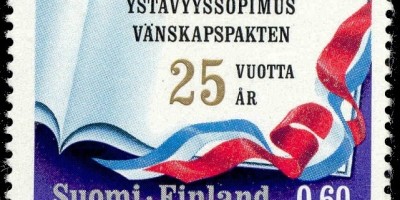
Tag: NATO
9 Posts


Guest Post: Additional thoughts regarding the strategic depth issue

Article 546 – Finnish officers under pressure
Blog Posts, Finland, Politics, Uncategorized
United we stand?
Is Finland About to Betray the Baltic States?
The Navies of the Baltic Sea

NATO-incurred synergies in the Moominvalley
Finnish Security Politics for Foreigners
Blog Posts, General, NATO, Politics
